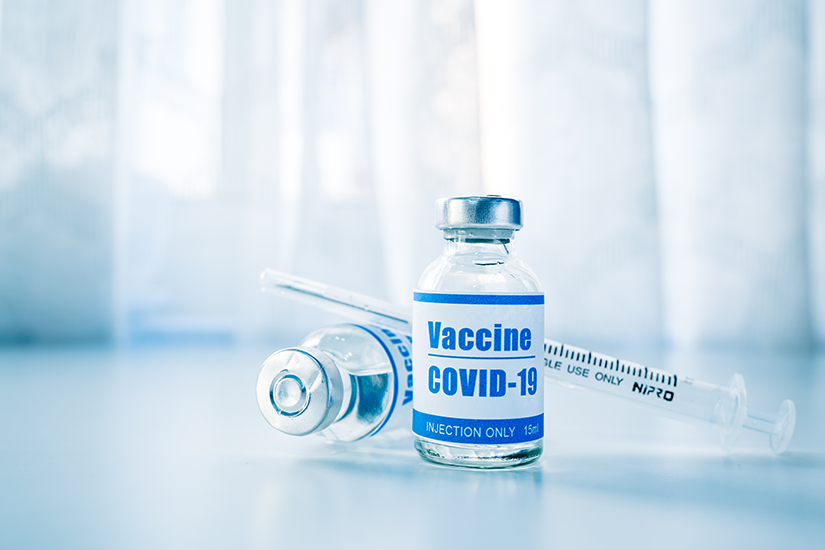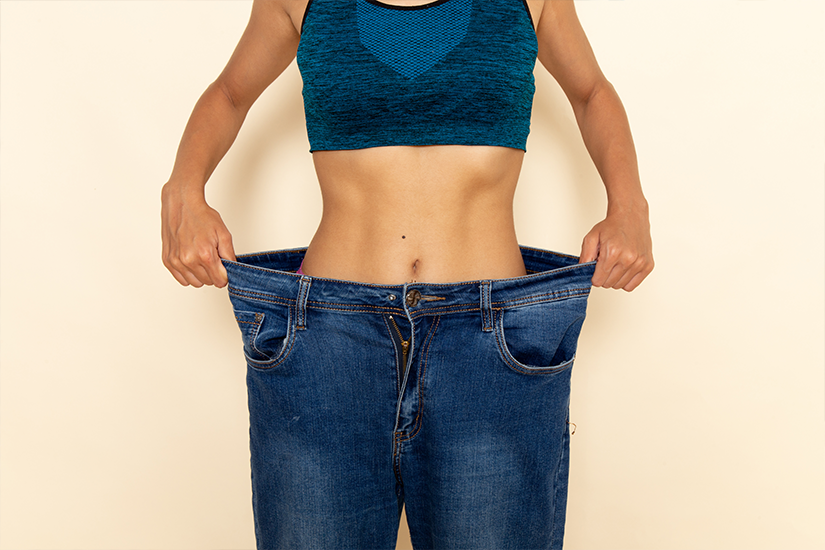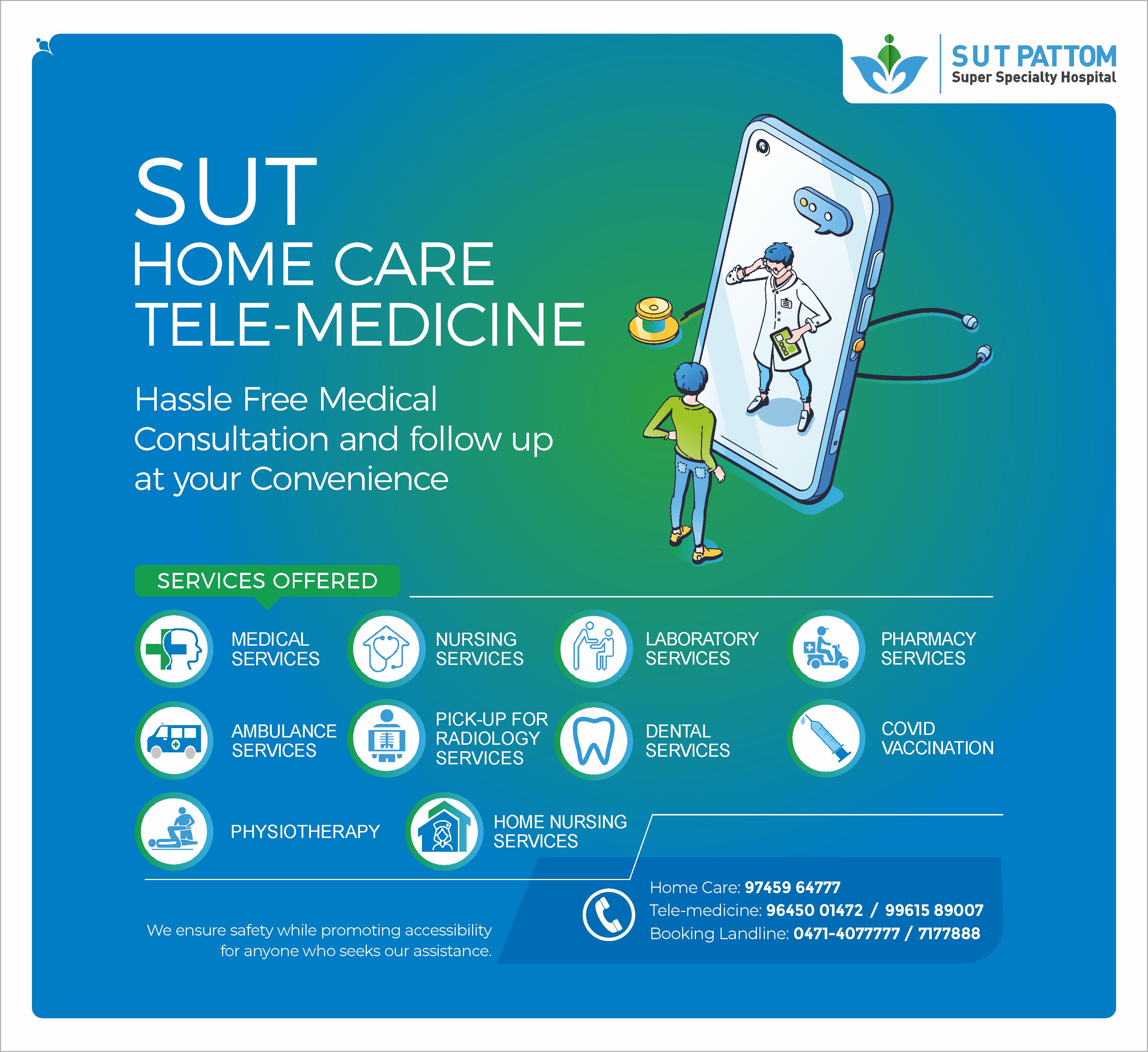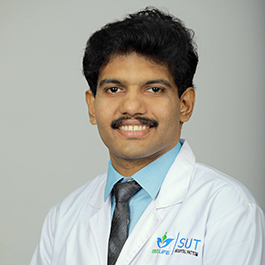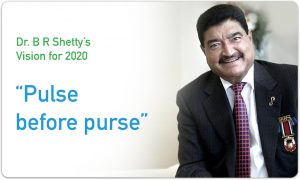- Emergency Ambulance Services
- 8606811111
- 0471-4077777, 0471-7177888
- gro@sutpattom.com
Exercise, A Primer
One dies anyway is a common excuse used to avoid exercise, implying that exercise is a futile attempt to lengthen lifespan. But the fact is that we exercise not to increase quantity of life but to enhance its quality. One dies anyway, but the aim is to live a good life.
Of all the factors which determine how long an individual lives the most binding is still genetic. If the genetic lottery is unfavourable you are unlikely to live a very good or long life. But it is still possible to make the best of what you have, to play the cards you get well enough to live a good life. Put simply, fitness is not about increasing lifespan. We become fitter to move better, sleep better and think better in the time we have on this earth.
There are three components to any good exercise program- strength, endurance and proprioception or balance. Flexibility as a mark of fitness is overrated. The body becomes stiffer, less flexible, with age. This is because of anatomic changes brought about by the constant wear and tear of taken breath- intervertebral discs age, tendons become less elastic, cartilage thickness reduces, and bony outgrowths constrain joint movement. Strenuous attempts to regain or even retain flexibility into old age increases risk of serious injury. Thus stretching exercises which attempt to increase passive movement are best left to professional sportsmen in their primes. The sensible person in quest of fitness will concentrate on improving his or her strength, endurance and balance.
Such a pursuit can start at any age and continue until the end. There are studies from old age homes which show that weight training reduces falls and increases muscle and bone strength in even people over ninety. Women lose bone strength after menopause, a vital reason to make their bodies leaner and stronger when they are young. Exercise is important at any age.
Does fitness always mean being lean? “Fat and fit,” is a concept which implies that overweight people can still be strong and fit. There are advantages to mass in many sports. The long distance swimmer crossing the English Channel will find that a layer of blubber protects him or her against the cold. Powerlifters and the Sumo wrestlers are massive. Heavyweight boxers who are overweight may be slower but they absorb punches better than their leaner opponents. But these are professionals who must adapt to the demands of their occupation. If you are not one of them you are better off being lean and fit. The fat and fit person turns fatter and less fitter with age. As a rule, the leaner the fitter, so reduce weight.
Most people who walk into an orthopedic clinic today suffer from a lack of strength. If your core is weak you may have chronic back pain. If your thigh muscles are weak you will have knee pain, even with normal joints. If your scapular and shoulder muscles are weak you will suffer from neck pain and upper back pain. These problems have no medical treatment. And yet people go from one doctor to another in search of the holy grail of painless living, willing to take medicines or even undergo dangerous surgeries. Anything to avoid the boredom and unpleasantness of strenuous physical activity.
A common mistake is to consider recreational sports as exercise. Recreational sports is recreation. People do not become fit from sports. Even professional sportsmen become fit outside of their sports. Boxing is one of the most demanding sporting activity of all, but professional boxers do not become fit from boxing. They run and skip and lift for that. Compare the Indian Test cricket team today with one in the nineties. Cricketers have become fitter and stronger not because they are playing more cricket but because they are working out more in the gym.
How much should you exercise? People often tell me they exercise until they sweat profusely. Sweating is not a sign of fitness, it is an indication of environmental heat and relative humidity. The objective of exercise is to become fitter and stronger. Muscles adapt quickly to work and should ideally be challenged in each workout. This can be done only by progressively increasing load. Cross training- mixing different types of exercises- confuse muscles and make it harder for them to adapt and is therefore good. The measure of a workout is how well it challenges target muscles, not its duration nor the amount of sweat it produces.
The safest and most efficient way to fitness is weight training. Weight training can be done using machine weights, free weights or body resistance exercises. Machine weights are easiest for beginners but often need access to a gym. Free weights- using dumbbells or barbells or kettlebells- require more skill. Body resistance exercises like squats or pushups are the most physiological type of workouts in that they involve functional, day to day, movements. They also have an advantage in that they can be done anywhere, at anytime.
The best way to exercise, and by this I mean any exercise, not just weight training, is high intensity interval training (HIIT). This involves short, less than 30 second, bursts of high intensity activity where the heart rate reaches ninety percent of maximum (HR max = 220- age) followed by periods of relative rest. HIIT is intense and perhaps best avoided if you are a beginner. If you are a beginner start very slow. Take it easy, you have the rest of your life to become fitter than you are now. Just be consistent.
Exercises by themselves do not reduce weight significantly. You can run a full marathon and then eat a masala dosa and refill all those calories you just lost. Diet is more important to losing weight than exercise. The least complicated diet? Reduce refined sugars. Cut down carbohydrates. Do not eat rice. The other day a concerned parent came to me with his daughter, a patient of mine. The girl was eighteen and had lost some weight. To my eyes she was looking leaner and fitter than before. The parent was concerned because she had stopped eating rice. Rice is a cultural and traditional staple to us, but it is really not good for you in the quantities we are accustomed to eat. True, our grandparents used to eat rice three times a day but when they weren’t eating they were out in the sun, putting in some serious manual labour. If your job involves sitting on a chair all day go easy on the rice and sugars.
The most effective diet to lose weight would be an intermittent fasting program. Thus the best way to become strong and lean is to combine a HIIT program with intermittent fasting. But this may be too much for most of us. Reducing what we eat by a fraction and moving more with a reasonable exercise regimen is a beginning. Increase activity, reduce food: easy enough for a day, a week or a month. Maintaining it over a life time is the challenge. The returns are guaranteed though, in terms of quality of life. Take up the challenge, it is worth it.
As is standard for any exercise advise, two statutory warnings: If you have a medical condition please consult a doctor before embarking into unusual activity. And second, always warm up well before any serious exercise.


